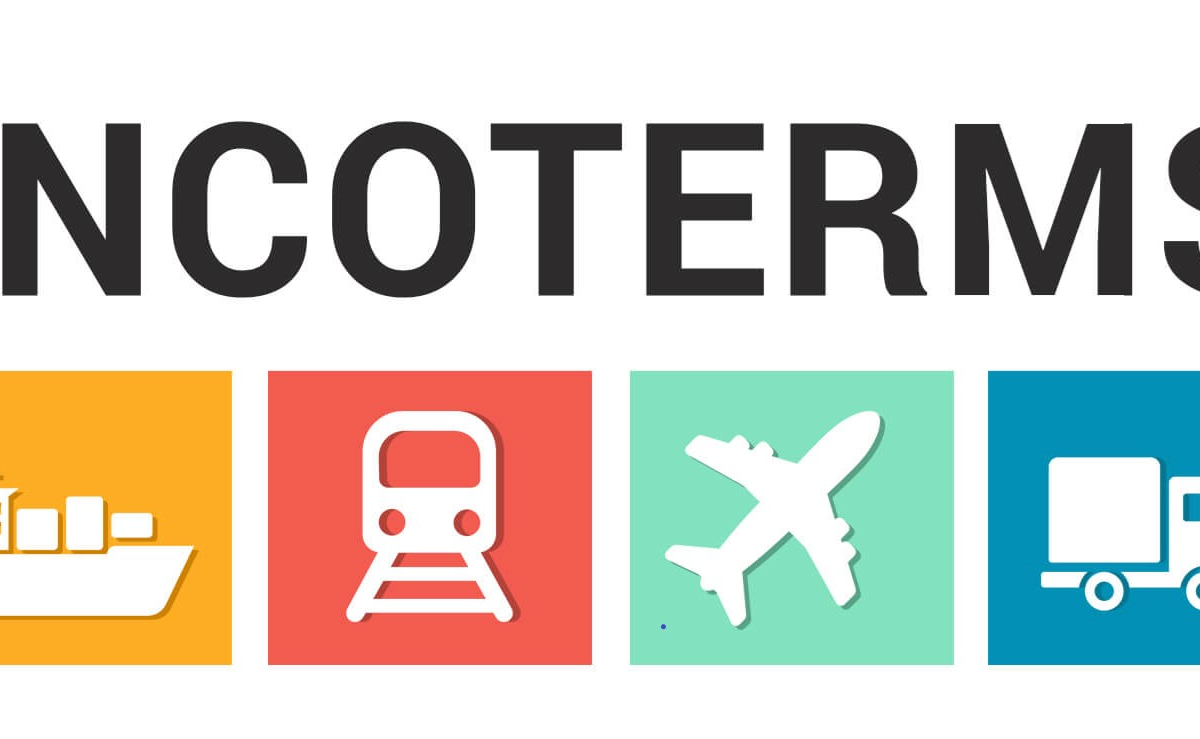
This article is written by Austin Garcia
While nearshoring to Mexico offers significant advantages, it’s crucial for businesses to understand and mitigate associated risks, particularly concerning cargo security. In 2023, Mexico reported 7,862 cargo hijackings, a 3% increase from 2022. A significant 85% of these incidents occurred in the states of Mexico, Puebla, and Michoacán. For context, the U.S. also saw a substantial 58% increase in cargo theft during the same period, highlighting a broader trend of supply chain vulnerability. To operate safely and profitably in Mexico’s current security landscape, companies must implement a unified operating plan and layer in robust risk mitigation techniques.
Key Risk Mitigation Strategies:
- Cargo Insurance: It’s vital to remember that Mexican carriers are not legally required to carry cargo insurance for their clients. Therefore, brokers, carriers, or 3PL partners should always advise clients to secure their own coverage. Insurance brokers can provide comprehensive policies at reasonable rates, which can be accounted for as standard logistics costs.
- Certified Partners: Prioritizing security-certified partners is paramount. Ideal carrier companies should hold CTPAT (Customs Trade Partnership Against Terrorism) and/or OEA (Operador Económico Autorizado) certifications. These certifications demonstrate a commitment to stringent supply chain security standards. Similarly, warehouse transfer operations within Mexico’s border regions should also be certified. While U.S.-based brokers don’t require CTPAT certification themselves, they must ensure their carrier partners operating in Mexico are certified.
- Real-time Tracking and Visibility: A strong logistics partner will offer near real-time tracking solutions. Platforms like Samsara’s robust system, which operates effectively in Mexico, and Rand McNally’s expanding international tracking solutions, are excellent examples. Understanding the specific product and method for security from a risk mitigation and loss prevention perspective is essential.
- Understanding Hijacked Goods: It’s important to note that the majority of hijackings in Mexico target consumable goods, such as tequila, appliances, and foodstuffs. High-value, difficult-to-resell items like sub-component parts for cars, electronics, medical devices, or other specialized, unusable products for the average person are far less frequently targeted.
TradeFlex: Your Partner for Secure and Efficient Mexican Operations
Here at TradeFlex, we offer more than just cross-border solutions. With over 30 years of expertise, we provide comprehensive services designed to ensure your smooth and secure entry into Mexico:
- Business Model Analysis
- Manufacturing Management Strategies
- Duty Tariff Optimization
- Compliance Management
- Regulatory Consultation
- Duty Reduction Programs
- Supply Chain and Tariff Engineering
- Cross-Border Solutions
We help businesses “land softly” in Mexico, ensuring your operations are efficient, compliant, and cost-effective, even in a dynamic security environment.
Come work with us today and discover how we can secure your supply chain. Ask Lula how on our website: https://www.trade-flex.com/.



